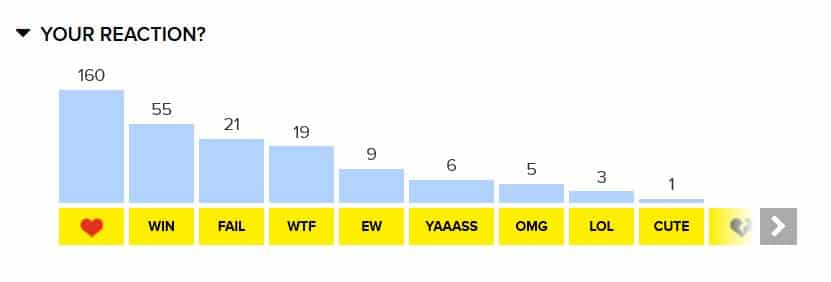Hits. Page Views. Unique Visitors. Duration of Visit. For years, website and blog owners have used traditional website statistics and Google Analytics to measure web traffic. They serve up these stats to their advertisers to show customer engagement. The more eyeballs to their content, the more money they can charge their advertisers. Some sites also use this data to determine what type of content attracts and retains readers and viewers.But with the advent of new tools, that’s changing. In June, for example, the Financial Times announced it would sell display ads based on “engaged time” or time spent. Upworthy made a similar shift in February, focusing on “attention minutes,” rather than more traditional statistics like page views. According to Upworthy, page views, an industry standard metric, are only valuable if you run banner ads.Unique visitor stats are interesting to a point, but they don’t describe quality of the user experience. Instead, Upworthy is focusing on total attention on site and per piece, a rather complex mix of information including video player signals, browser tabs and a user’s mouse movements.Other companies like Gawker and The New Republic are more skeptical. And then there’s Buzzfeed which, as it often does, offers a completely different way of looking at things. Check out the “Your Reaction” stats on a recent article about Renee Zellweger’s appearance. Buzzfeed asks its readers for direct feedback in a way that other companies aren’t. Of those who chose to share their reaction, 160 people loved the post, 55 said it was a win, and 9 said it was “ew.”

The Buzzfeed reaction scale uses its own branding for the various categories (LOL, win, fail, omg, cute, trashy, fail, WTF), and it goes beyond page view analysis. Instead, it takes its metrics straight from the people who use Buzzfeed. This is subjective data, but it is simple to gauge and it shows how engaged Buzzfeed’s readers are. It also shows how bold Buzzfeed is that it is willing to share this data with anyone. Admittedly, Buzzfeed traffic for any one story will be dramatically higher than the Reaction stats, but this kind of data gives you a snapshot of what readers like and don’t like.The benefit of the reaction stats is that they can help editorial departments address the needs and wants of audiences more appropriately. In addition, ad sales departments can sell advertising space on more popular pieces. And subscription/consumer marketing divisions will know what are the true “pain points” of audiences, be able to incorporate such data in calls-to-action and place more premium content behind paywalls strategically which make this new innovation a true “win” in our book.








